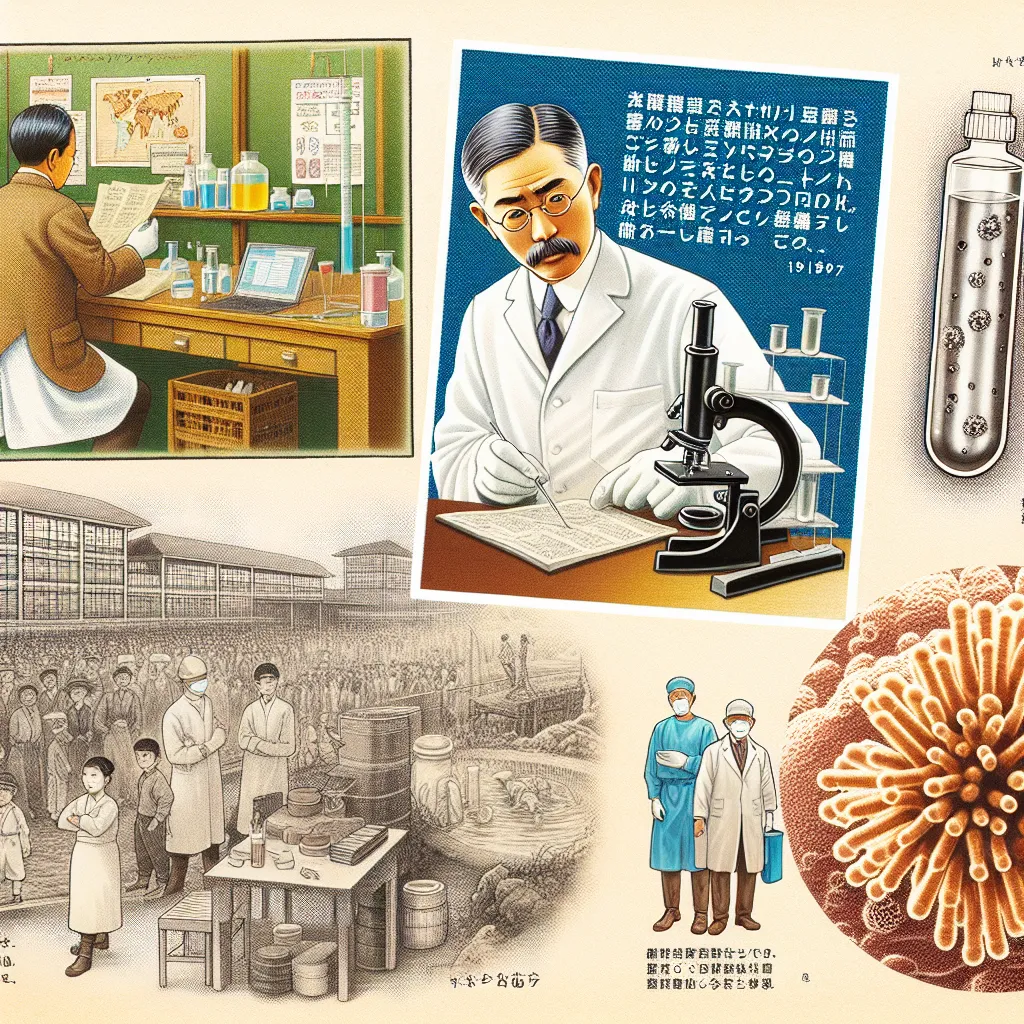Ask AI on The Internet
Question: give a 6 sentence description of the discovery of the shigella dysenteriae bacteria
In the late 19th century, the discovery of Shigella dysenteriae marked a significant advancement in understanding bacterial causes of dysentery. Japanese microbiologist Kiyoshi Shiga identified the bacterium in 1897 during an extensive dysentery epidemic in Japan. Shiga's meticulous research involved isolating the bacteria from patients' stool samples and demonstrating its pathogenicity through experiments. He observed that Shigella dysenteriae produced a potent toxin, which he named "Shiga toxin," responsible for severe gastrointestinal symptoms. This breakthrough highlighted the bacterium as a distinct cause of bacillary dysentery, differentiating it from other diarrheal diseases. Shiga's findings underscored the importance of bacteriological research in identifying and combating infectious diseases, paving the way for improved public health measures and treatments.
Think your answer is better than the AI's? Post it below.
Other Most Relevant Posts:
 Ask AI: Examine Shaka Zulu role in the Mfecane and it's impact on the political landscape of Southern Africa with references and citations to support
Ask AI: Examine Shaka Zulu role in the Mfecane and it's impact on the political landscape of Southern Africa with references and citations to support
 Shaka Zulu and the Mfecane: Unraveling the Legacy on Southern Africa's Political, Social, and Economic Terrain
Shaka Zulu and the Mfecane: Unraveling the Legacy on Southern Africa's Political, Social, and Economic Terrain
 Ask AI: Examine Shaka Zulu's impact on the political landscape of Southern Africa during Mfecane with references and citations to support
Ask AI: Examine Shaka Zulu's impact on the political landscape of Southern Africa during Mfecane with references and citations to support
Question Tags
If you want your question answered by an AI, click here.




Post your own comment: